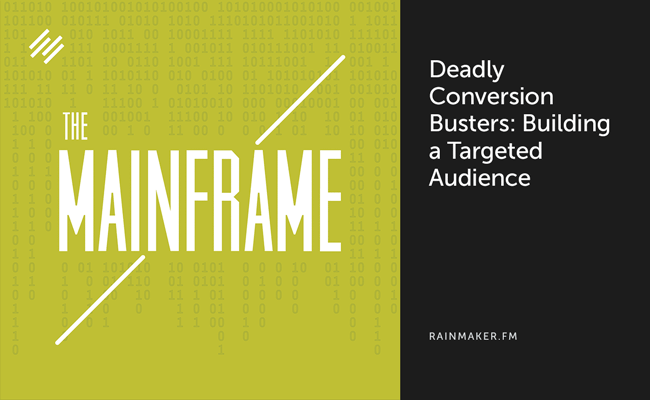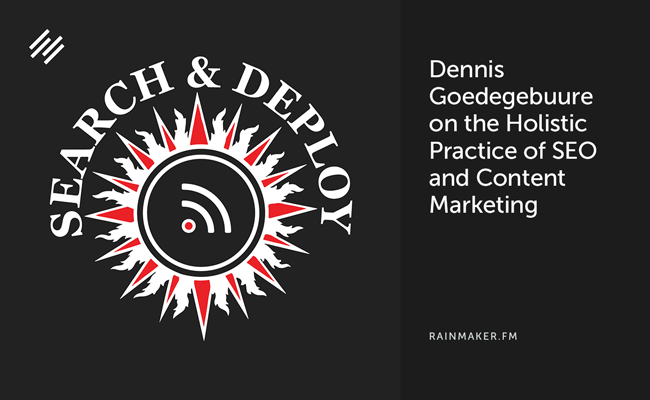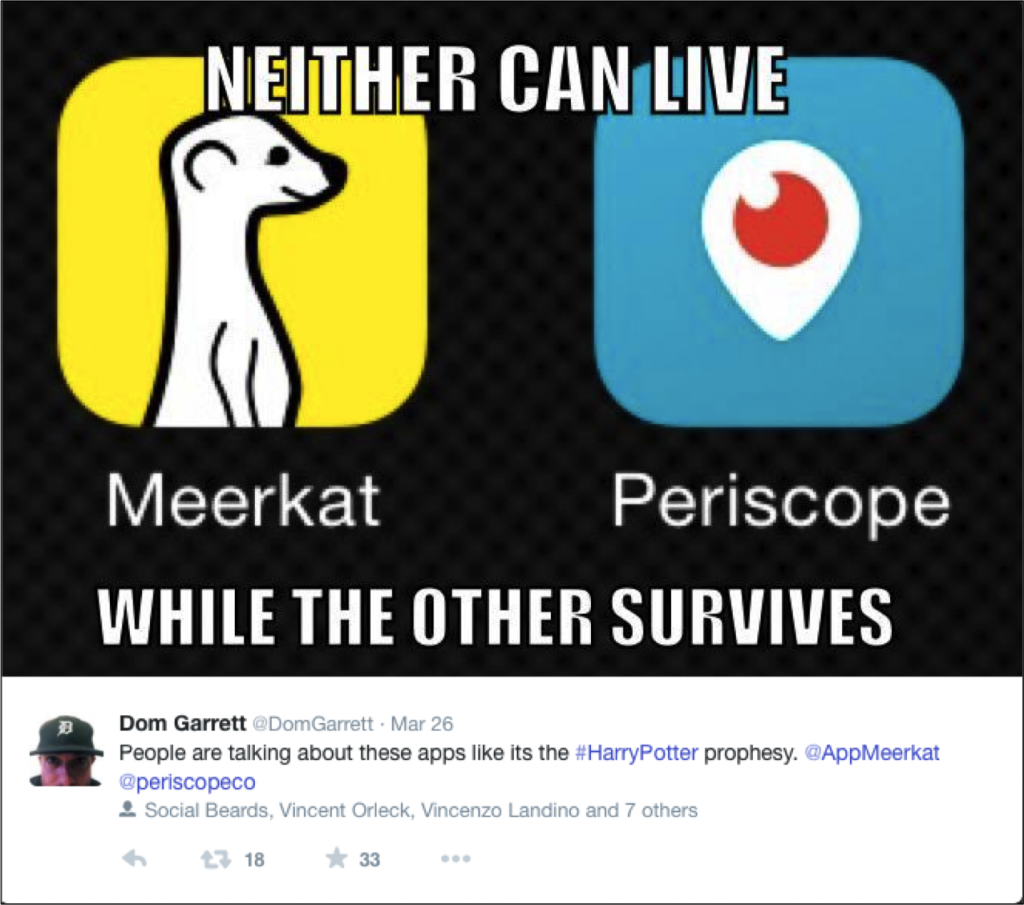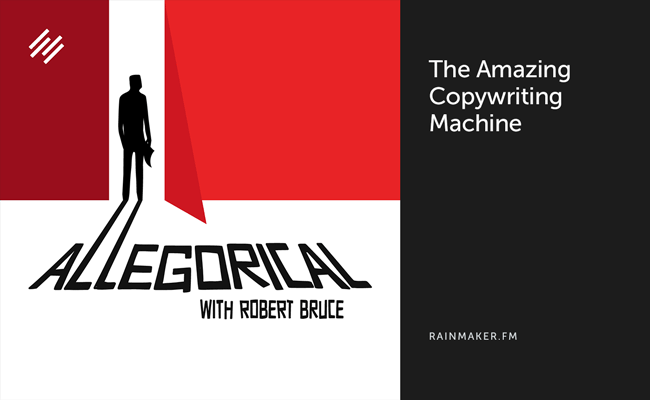Transcript
Hey guys, thanks so much for tuning in to WordStream’s fourth installment of “Ask the Experts.” My name is Erin Sagin, and I’m a manager here on the Customer Success team at WordStream.
Today, I’ll actually be asking a question that was submitted by one of our viewers, which is awesome – we love getting questions from you guys for this video series. So today we’ll be focused on, “What is dynamic keyword insertion, and should I be using it in my PPC account?”
So, dynamic keyword insertion – or DKI, as a lot of people call it – is a common practice used in PPC that allows you to plug in a little snippet of code to your ads, and it will automatically insert whatever keyword matches to the user’s search query in the ad. The goal of it is to ensure that your ad text is super-catered to what that particular searcher is looking for.
Alright, so I know coding sounds a little scary – it’s actually really easy. All you have to do to plug this code into your ad is use a curly bracket, and then the word “keyword” with a capital “K” and a capital “W.” Then you’ll plug in a colon, and the substitute text. The idea of plugging in that substitute text is to ensure that, if your keyword is too long to plug into the ad, we have something else to go off of, so we’ll throw in that substitute text if that’s the case. Then, to close out that snippet of code, you’re just going to plug in another curly bracket and you’re all set.
You can put this in the title of your ad – that’s the most common place to put it – but you can also put it in the body, or in the description URL. Really, wherever you want to plug it into your ad, it will work for you.
Alright, so the second part of the question is, “Should I be using it?” It’s really dependent on the advertiser themselves. This is a godsend for lazy advertisers. So, if you don’t have the time or don’t have the resources to commit to creating really, really small, catered ad groups, with really, really specific ad text, this is kind of a way to jump over that hurdle. You can use a more assorted group of keywords and still ensure that your ads are catered to what that searcher is looking for – not necessarily the best way of doing things, but definitely an easier way of doing things.
It’s also awesome for those of you out there who are advertising for products that have SKU numbers. So, say for example you’re advertising for printer ink. Now, I know that when I search for ink for my printer, I always plug in the SKU number of that particular printer. Because God knows, you buy the wrong printer ink, and you actually put it in your printer, it’s too late to return it by that time. So I want to make sure I’m getting the right printer ink, and I’m always looking up the SKU number. And I’m really only going to click an ad that shows they have printer ink for that particular SKU number.
So dynamic keyword insertion is awesome here, because you can use it to ensure that whatever SKU number someone is looking for – as long as you’re bidding on a keyword that matches that – is plugged into your ad text and you’ll ensure that the searcher is actually seeing that SKU number in the ad. Amazing, right?
That said, there are definitely some drawbacks to using this particular coding in your ads. The first thing is if you’re bidding on your competitors’ terms, this is a no-no for those particular ad groups. The reason being you don’t really want your competitors’ terms to show up in your ad, because you could definitely risk getting in trouble with Google.
Another thing you want to think about is if you’re bidding on misspellings, this could cause some serious problems because you could end up with misspelled words in your ad text, which definitely doesn’t look super professional.
And then finally, if you’re bidding on super-long-tail keywords, chances are they’re going to be too long to fit within the character limits for your ads, so will end up substituting in whatever substitute text you’re using, resulting in a generic ad. So you probably don’t want to use this particular strategy if you are bidding on a lot of long-tail keywords, or the keywords you’re using are just longer words.
That said, it really depends on you as an advertiser what the best fit would be. I absolutely recommend to most of you to give it a shot. Always A/B test to see if it’s a good fit for you, and we typically see these fall within the top 5 to 10 percentile of ad text, so you can expect pretty decent results.
Hope that sums it up for everybody. If you have any additional questions, don’t hesitate to comment below, or tweet at us @WordStream, or directly to me @ErinSagin. You can also subscribe to the video series by clicking the button below! Thanks so much for joining!


Powered by WPeMatico






















